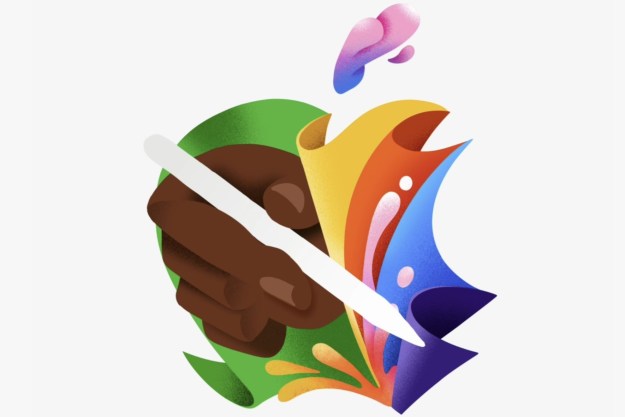Surprise, surprise. Apple and Samsung have dominated global smartphone sales once again. This time, however, Apple produced a number of the top-selling devices for the year, according to Counterpoint Research — though whether or not Apple gets the top spot depends on the region.
Globally, the iPhone XR was the highest-selling smartphone in 2019, grabbing an impressive 3% of smartphone sales. Coming in second place was the iPhone 11, which grabbed 2.1% of sales. That itself is pretty impressive, especially since the phone was only released in September, and thus only had around four months of sales in 2019.
Apple also managed to grab a few other spots in the top 10 list. The iPhone 8, in sixth place, accounted for 1.2% of sales, while the iPhone 11 Pro Max, iPhone 7, and iPhone XS Max came in at eighth, ninth, and 10th place, respectively.
Of course, Apple wasn’t the only smartphone manufacturer on the list. Samsung did pretty well too, with the Samsung Galaxy A50 coming in third place with 1.8%, and the Galaxy A10 coming in fourth with 1.7%.
One notable omission from the global top 10 list was Huawei, which is the second-largest phone manufacturer in the world. This likely had to do with the fact that the company has concentrated its efforts in China following the U.S. trade ban, which resulted in the company doing away with Google apps and services.
Sales change quite a bit depending on region. In fact, there was no iPhone to be found on the top-five list in China, with the top devices instead coming from Oppo, Vivo, and Huawei. The Oppo A5 was the top-selling device in China with 4%, while the Oppo A9 came in second with 3%.
According to the report, all five of the bestselling smartphones in North America during 2019 were iPhones, which isn’t necessarily a huge surprise given the fact that iPhones make up for around 50% of smartphone sales in the region. Sitting in first place was the iPhone XR, which nabbed a massive 12% of
While Apple hit all of the top five spots in North America, Samsung did the same in the Middle East and Africa, where the Samsung Galaxy A10 came in first, followed by the Galaxy A2 Core, Galaxy A50, Galaxy A20, and Galaxy S10.
As noted by Counterpoint, none of the top phones sold in 2019 were 5G-enabled — but that’s likely to change in 2020. Apple is widely expected to launch 5G devices in 2020, and other manufacturers will likely start to include 5G by default in their top phones.
Editors' Recommendations
- I found an amazing new way to use my iPhone 15 Pro Max
- One of the most iconic iPhone accessories is back — and it’s great
- Are you having iPhone alarm problems? A fix is coming soon
- This one Apple Fitness feature completely changed how I exercise
- Apple is about to do the unthinkable to its iPads


